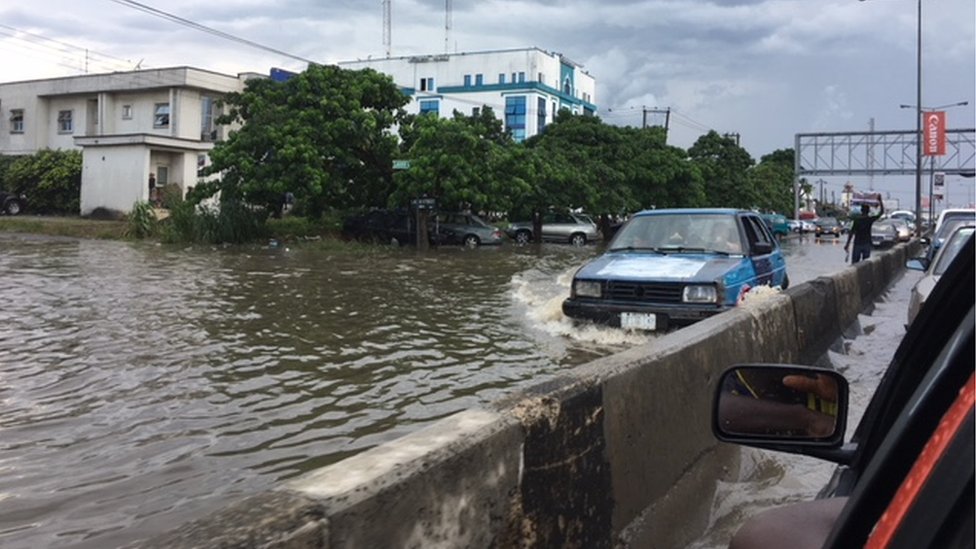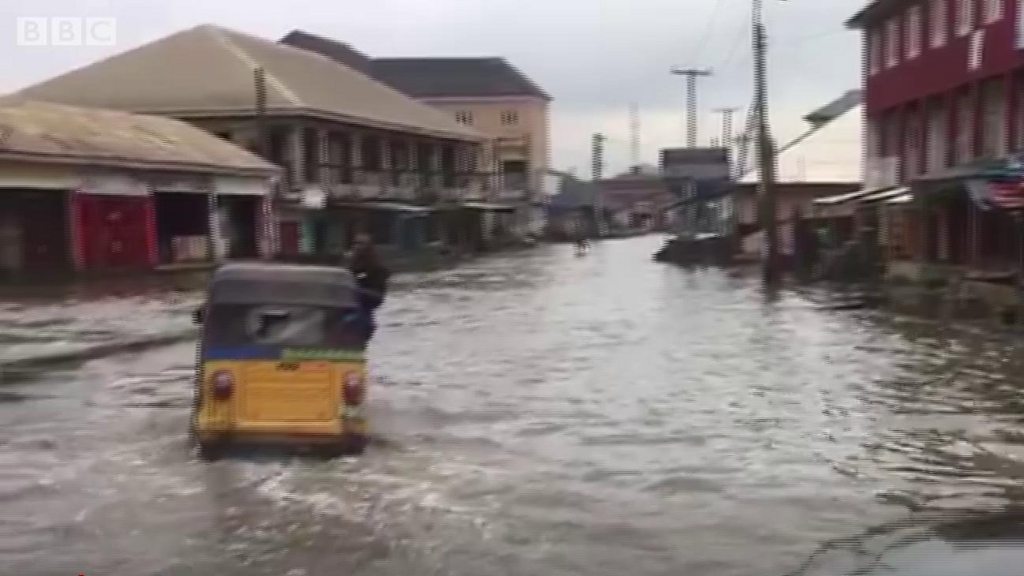The recent flooding in Nigeria has brought to light the inadequacies of the Federal Ministry of Environment’s National Flood Early Warning Center. The Center’s inability to predict flooding in more states has resulted in devastating effects, with communities submerged, homes destroyed, and lives lost. Despite previous warnings and predictions, the Center’s efforts seem to have fallen short.
The Ministry’s failure to predict the flood until it had already begun, days after torrential rainfall in Zaria, Kaduna, when the flood displaced over 470 children and destroyed no fewer than 270 homes across several communities, seemed more reactive than proactive. The Ministry’s warning system, which relies on data analytics and modeling, has failed to effectively mitigate the impact of flooding. This raises questions about the Centre’s capacity, funding, and effectiveness in addressing the country’s flood-prone areas. Could more have been done to prevent the disaster?

We have been experiencing yearly floods in varying degrees, with the 2024 flood disaster being particularly devastating. The floods, which affected over 5.2 million people across 35 states and 401 local government areas, caused significant loss of life and damage to property. According to reports, the floods were exacerbated by climate change, poor infrastructure, and inadequate disaster preparedness. Many residents were forced to improvise survival strategies, with some losing their homes and livelihoods.
The government and international organizations responded with relief efforts, but the affected communities still face significant challenges in rebuilding and recovering. The flooding in Maiduguri was described as the worst in 30 years, with entire residential areas submerged and thousands of buildings damaged. Rivers State also faced severe flooding that displaced hundreds of families, caused widespread destruction, and led to looting.
The floodwaters invaded homes, bringing snakes and reptiles with them, and forcing residents to seek shelter elsewhere for months. Affected communities are calling on the government for assistance to rebuild their lives and address the root causes of the flooding.
And now, the 2025 flood disaster has spread beyond the initially predicted 11 states, with more local government areas in Rivers State being severely affected. In Bonny LGA, the chairman has called for a state of emergency due to the dire situation. A joint inspection by NEMA’s Port Harcourt Operations Office and RISEMA revealed widespread devastation in Tai on October 11, with homes and farmlands submerged, crops destroyed, and lives lost.

The recent tragedy in Obio Akpor, where two sons of a 35-year-old man, Onyiyenchi Peter, were swept away by the floodwaters while trying to retrieve a slipper, has left families reeling in shock. One of the bodies was found yesterday, 12 October, at Eliozu. These incidents highlight the urgent need for effective flood management and relief efforts.
Neglecting flood preparations leads to devastating consequences. The government can mitigate this by providing emergency response teams, financial aid, food, shelter, and medical care to affected communities, addressing the root causes, and supporting recovery efforts. To develop better early warning systems, the government can leverage advanced technologies like artificial intelligence, satellite imaging, and IoT sensors to monitor weather patterns and water levels.
By integrating these systems with existing emergency response plans and conducting regular drills and awareness campaigns, communities can be better prepared to respond to flood threats, reducing the risk of casualties and property damage. Effective communication and collaboration between government agencies, local authorities, and communities are crucial in ensuring the success of these efforts.






